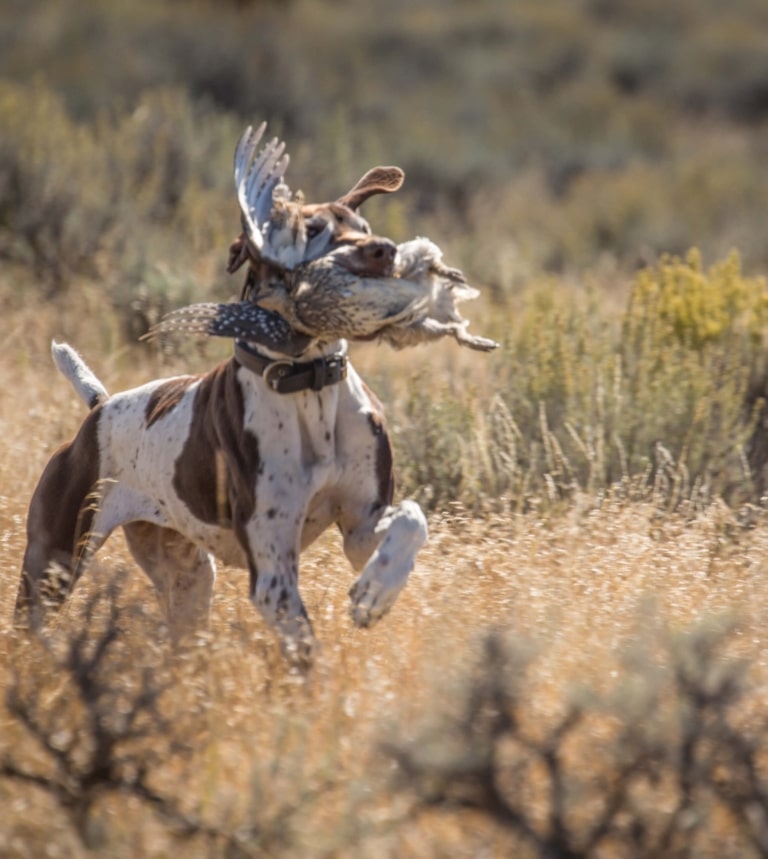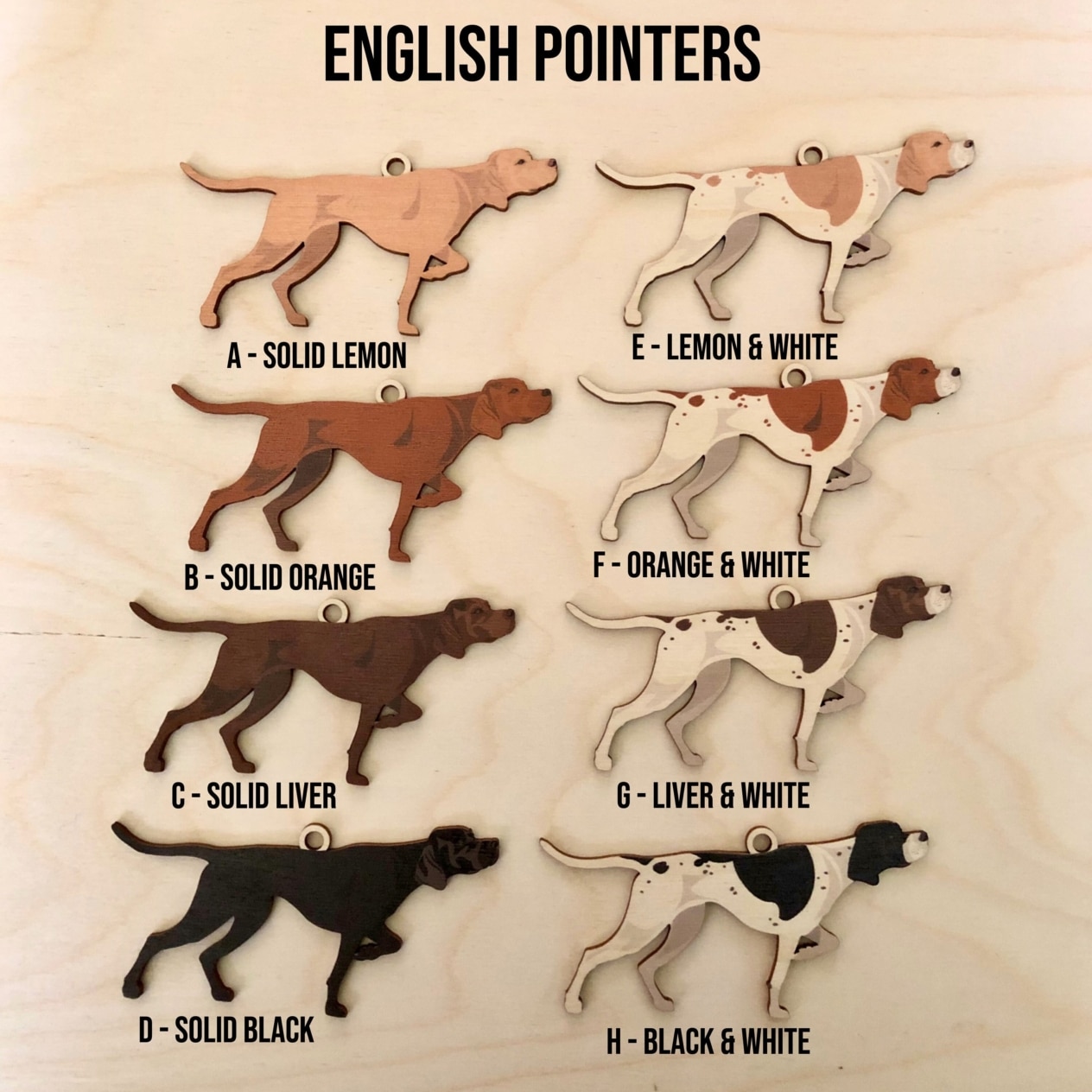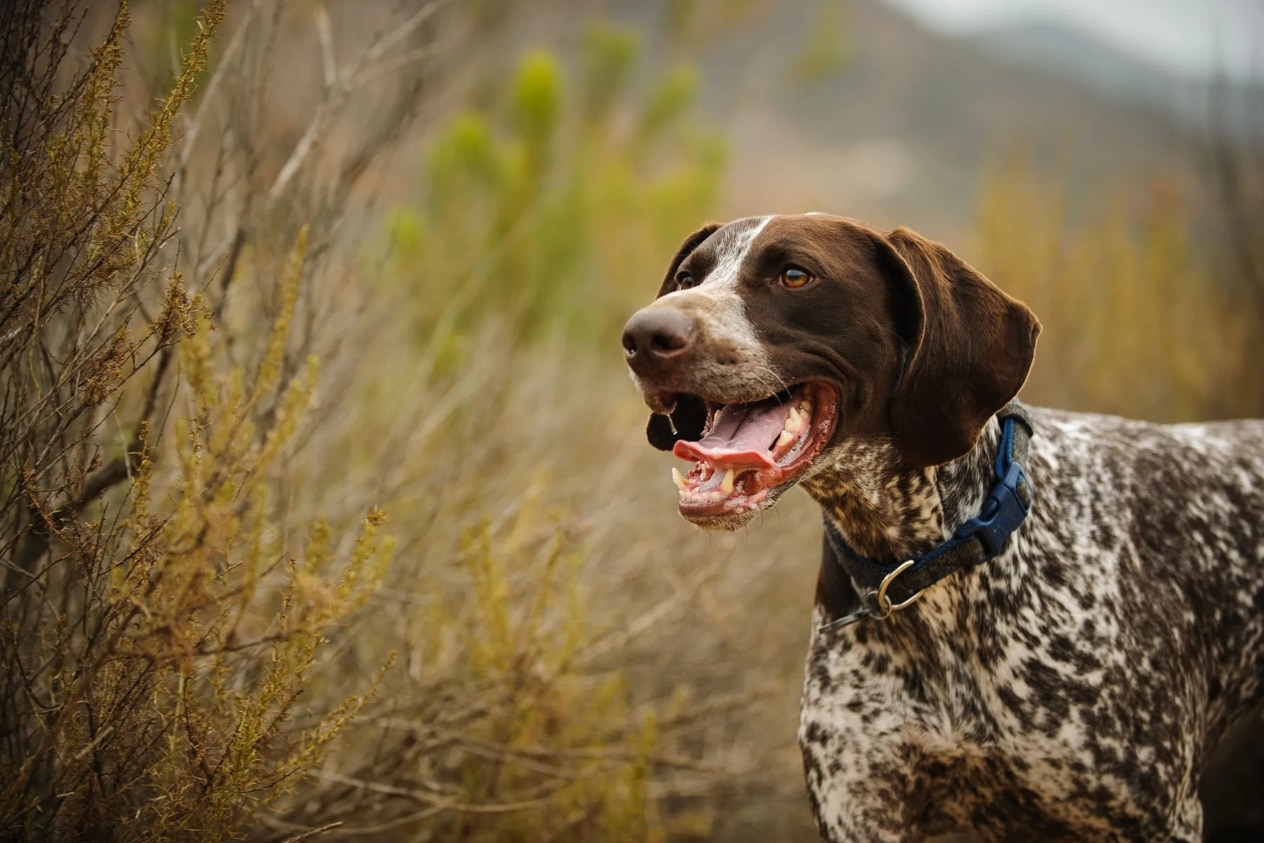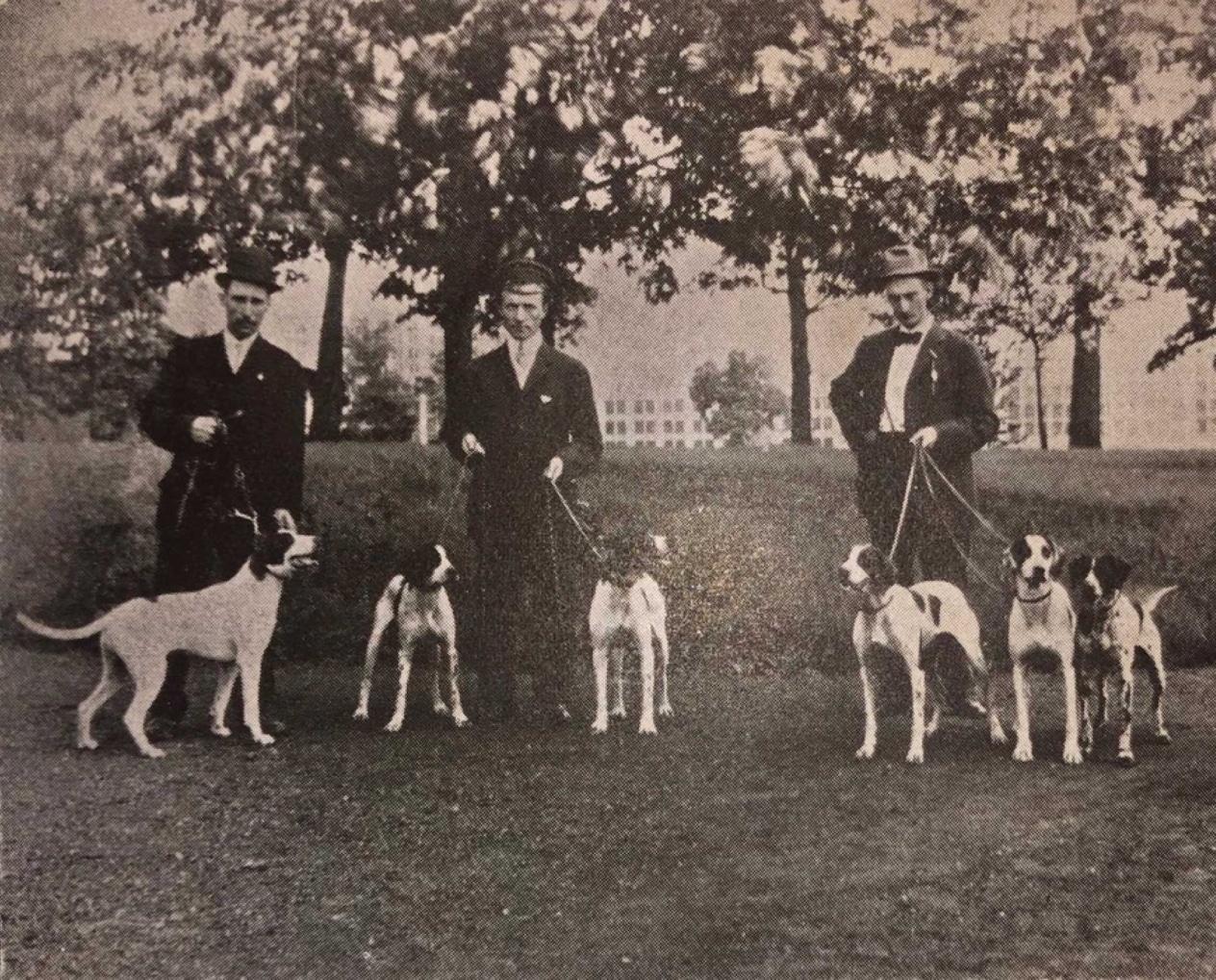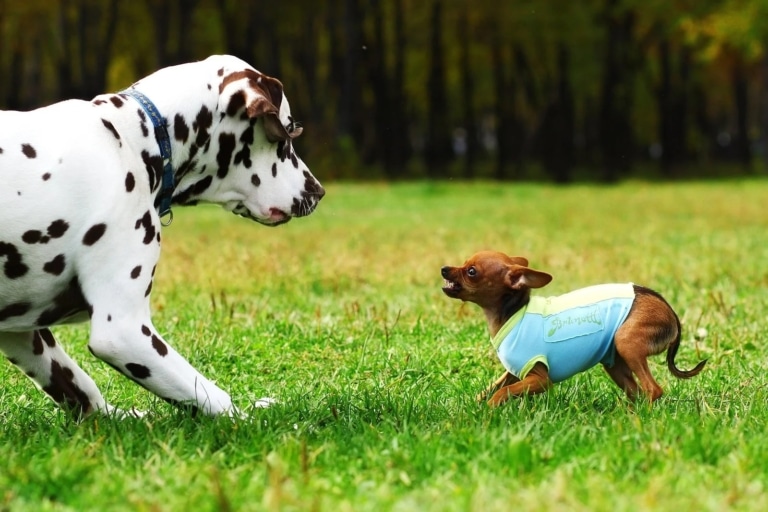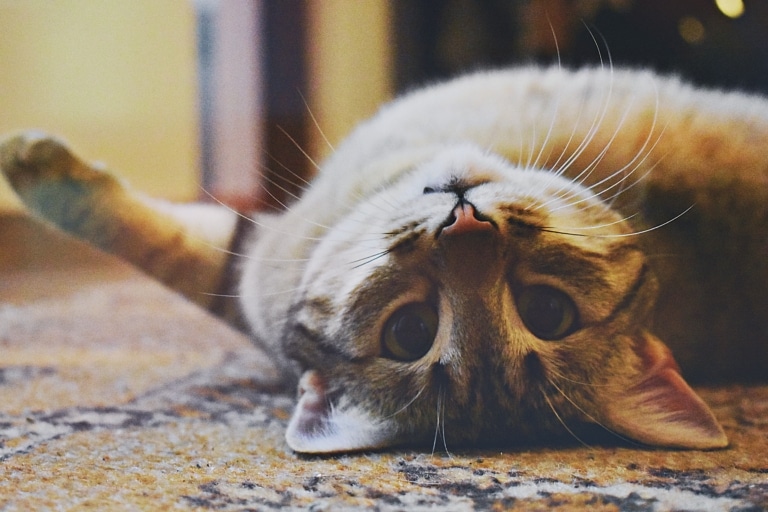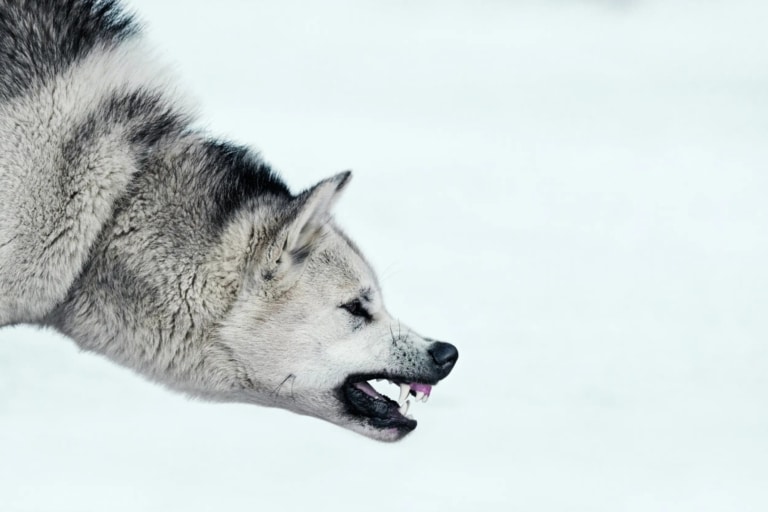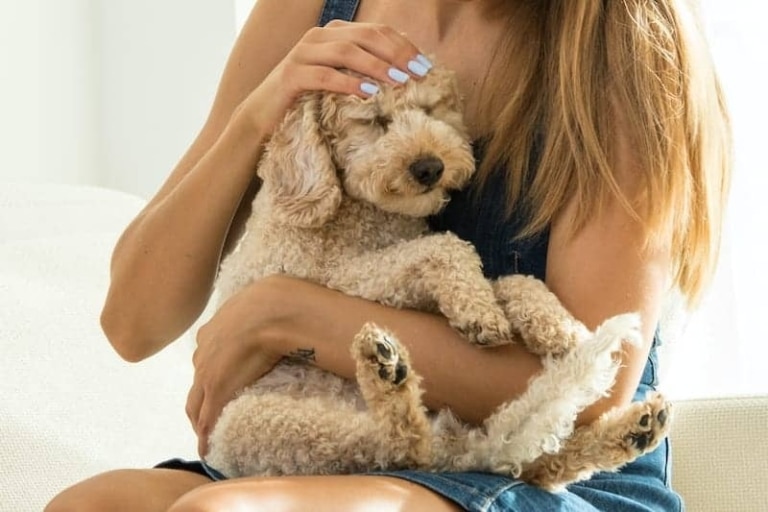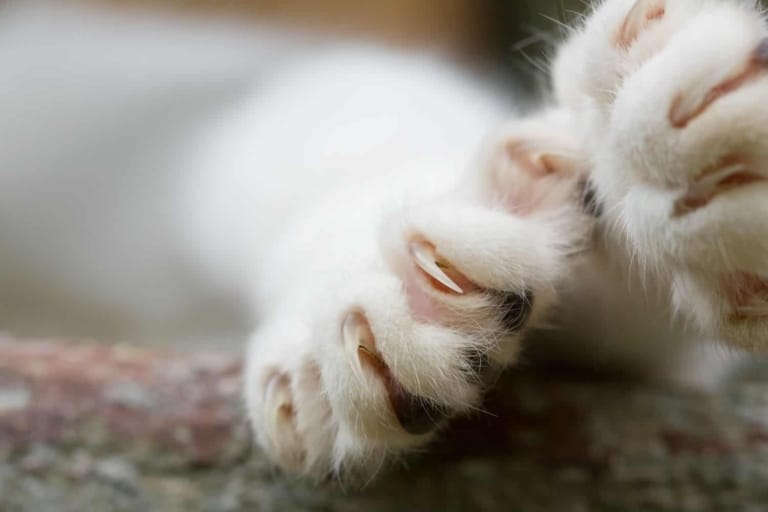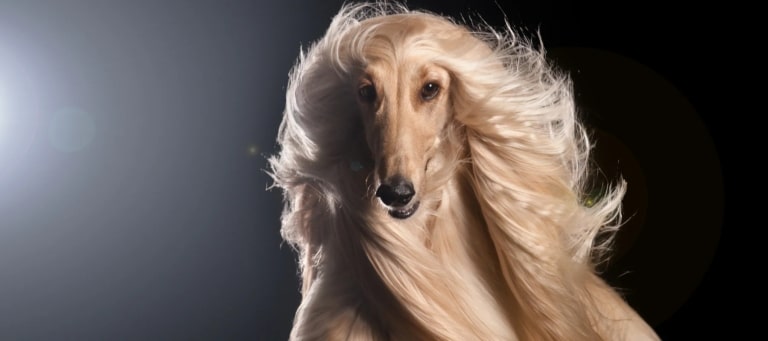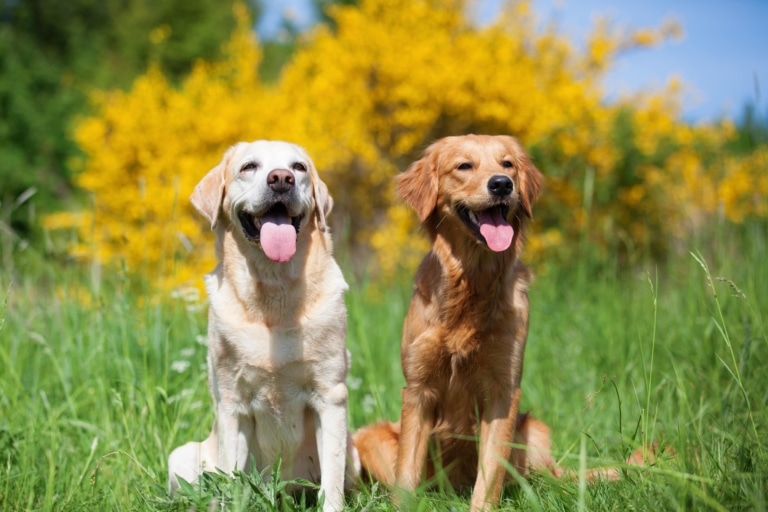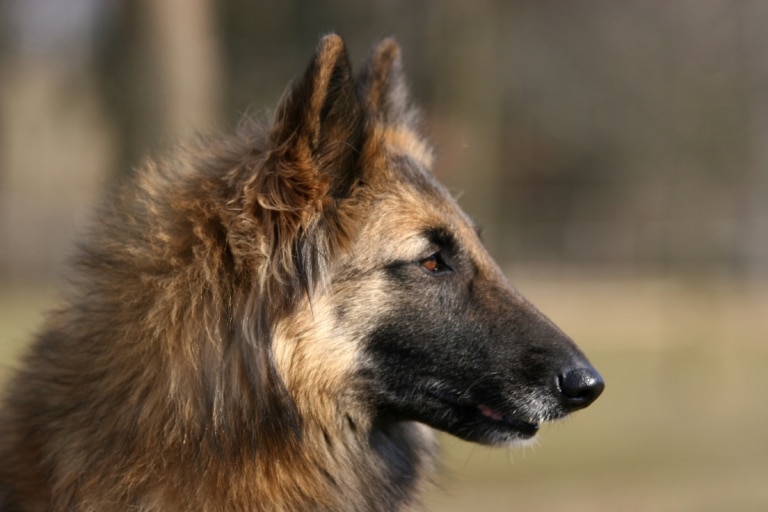The Pointer is a dog with a unique history, which originated in Great Britain in the XVII century. The name comes from the English word to point, because the main feature of these dogs in hunting is that they freeze in a characteristic stance, “pointing” the hunter to the game. This innate behavior has made them indispensable in bird hunting. It is believed that Spanish Pointers, Foxhounds and Hounds participated in the formation of the breed, giving it strength, stamina and an incredible sense of smell. Over time, the breed became a classic of European and American hunting and today is valued not only as a hunting assistant, but also as an active, loyal companion.
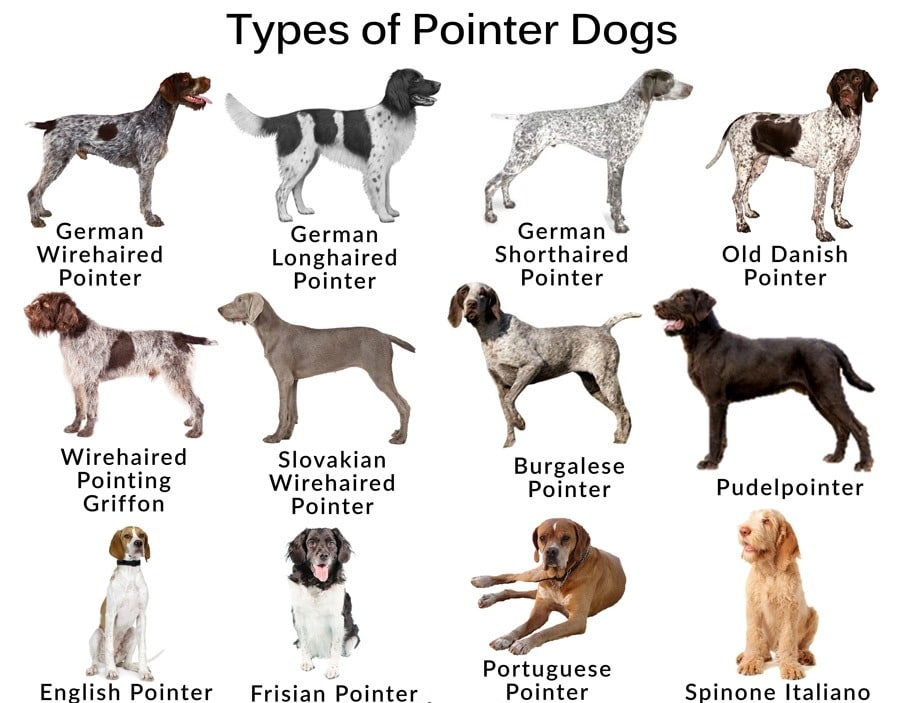
Types of Pointers
The most famous representative is the English Pointer – tall, slender, with a perfectly honed stance. However, there are also other varieties: German short-haired pointers (also called kurtshaars), German long-haired and hard-haired pointers, as well as less known French pointers. They all have in common the ability to “show” game, but differ in exterior, coat type and working style. For example, the Kurtshaar combines the traits of a universal hunter, because it works well not only in the field, but also on the water. The English Pointer is more graceful and designed for open spaces, while the hard-haired version feels great in cold climates.
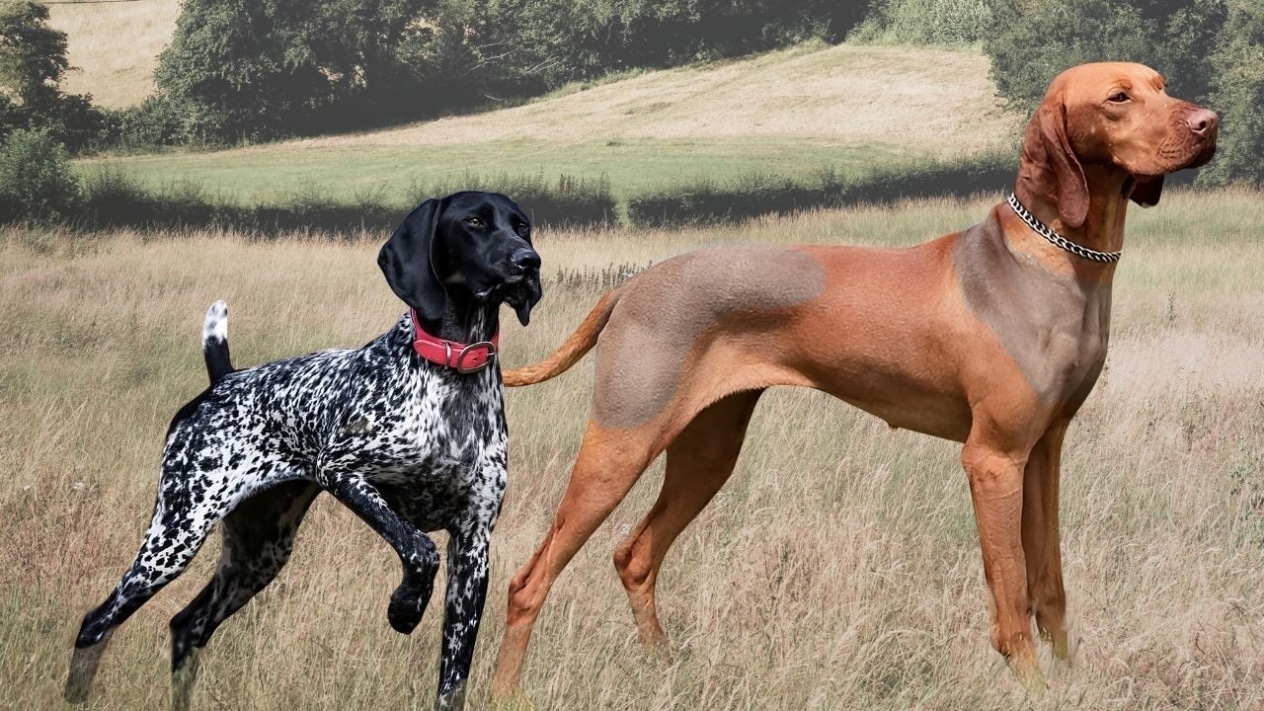
Poynter’s character
Pointers are energetic, active and intelligent dogs. They don’t like to sit idle and need daily walks, runs, and exercise. This is an ideal choice for people who lead an active lifestyle. At the same time, they are affectionate and gentle with the family, loyal to the owner and get along well with children. Their main trait is their passion for hunting and searching, so even in the city they can suddenly react to a bird or a cat, instantly freezing in their legendary “stand”.
Coat and grooming Pointers
Most Pointers have a short, dense and smooth coat, which is exactly what the English Pointer or Kurtzhaar has. This structure provides easy care and minimal formation of tangles. But hard-haired varieties (German hard-haired pointer, poodle pointer, Italian spinone) have a thick, coarse coat, which protects from cold, rain and thorny bushes. Setters have a longer, softer coat with a characteristic silky sheen, especially on the ears, tail and chest. It is these differences that determine the different grooming needs.
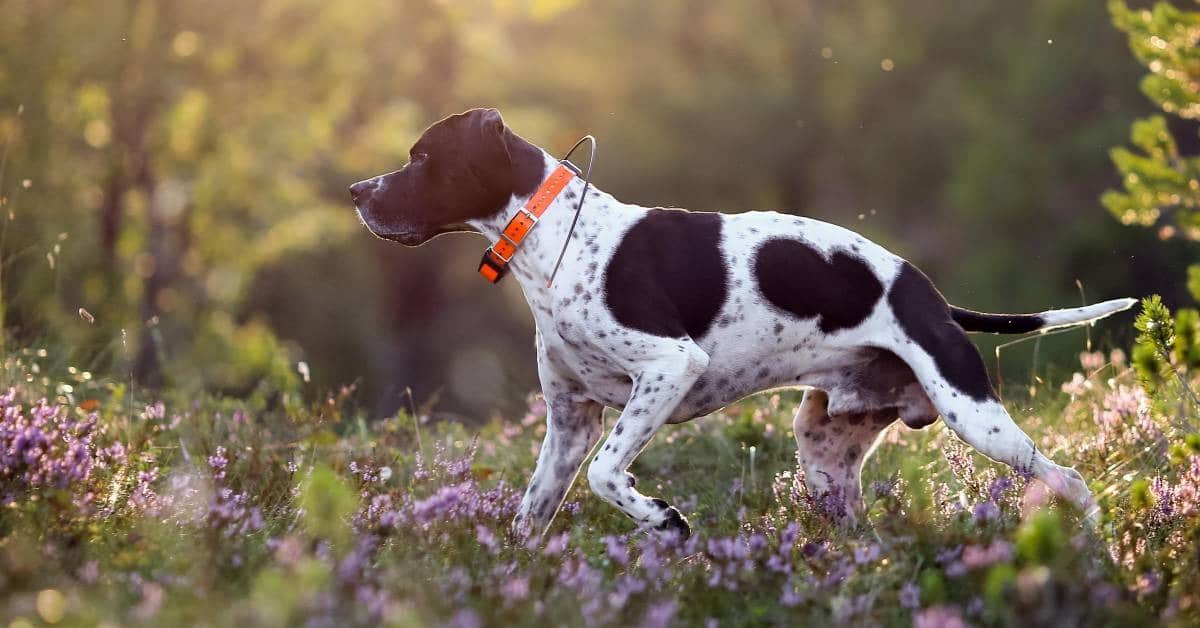
For short-haired Pointers, regular brushing with a rubber brush once a week is sufficient to remove dead hairs and maintain their luster. These dogs are almost odorless and do not need frequent bathing – only after active walks in mud or water. Hard-haired breeds need trimming – removal of dead hair by hand or with a special knife several times a year. This keeps the coat in good condition and prevents the formation of tangles. Long-haired Setters need regular combing (2-3 times a week), especially in the areas where the coat is longest.
Pointers in general do not need frequent bathing, as their coat has a natural protective layer. It is enough to do it once every 1.5-2 months or when the dog is heavily soiled. Delicate shampoos for short-haired dogs or special products for stiff hair are used. In our grooming salons, our groomers can trim, groom, brush out the undercoat, trim the hair between the paw pads and around the ears.
Pointers have delicate skin, so excessive bathing or aggressive cosmetics can cause dryness and irritation. You should also pay attention to the ears – they are floppy, so there is a tendency for moisture and dirt to accumulate. Regular ear cleaning, nail trimming and monitoring the condition of the paw pads are a must.
Conclusion
Pointers are a unique group of breeds with different origins, personalities and coat types. They are energetic, loyal, feel great around active people and are always up for an adventure. They are easy to care for, but require attention to detail, especially when it comes to hard-haired or long-haired varieties. It is this combination of beauty, energy and intelligence that has made Pointers a favorite of hunters and lovers of the active life for centuries.

